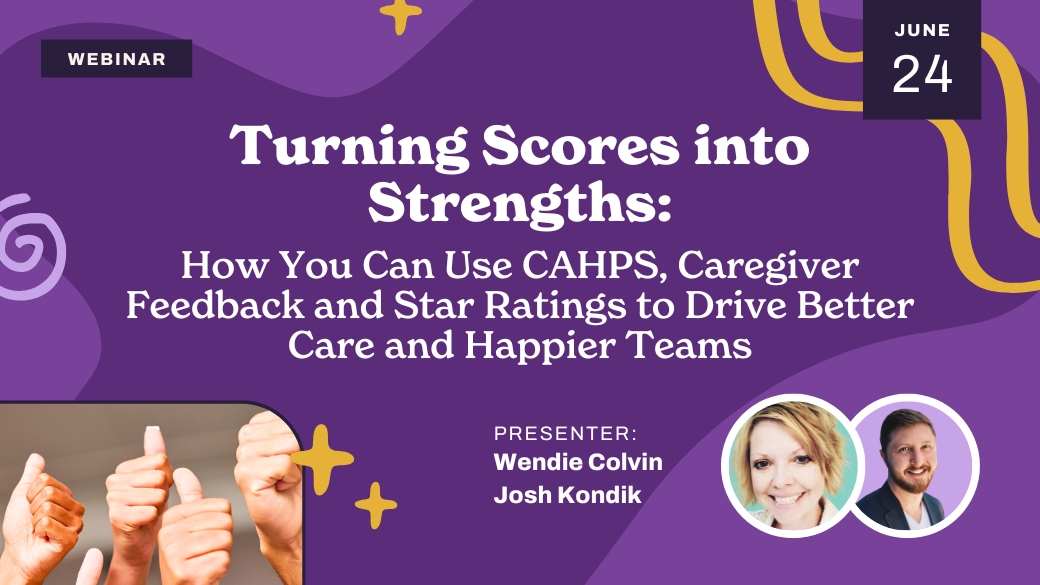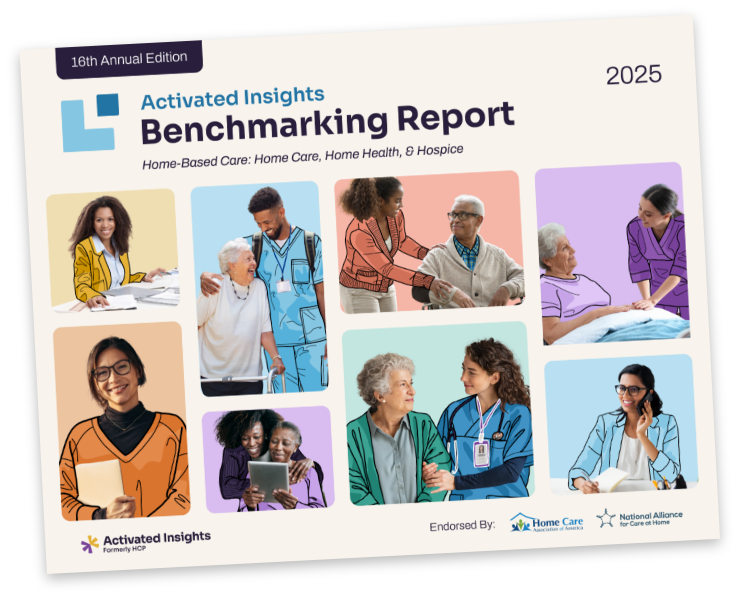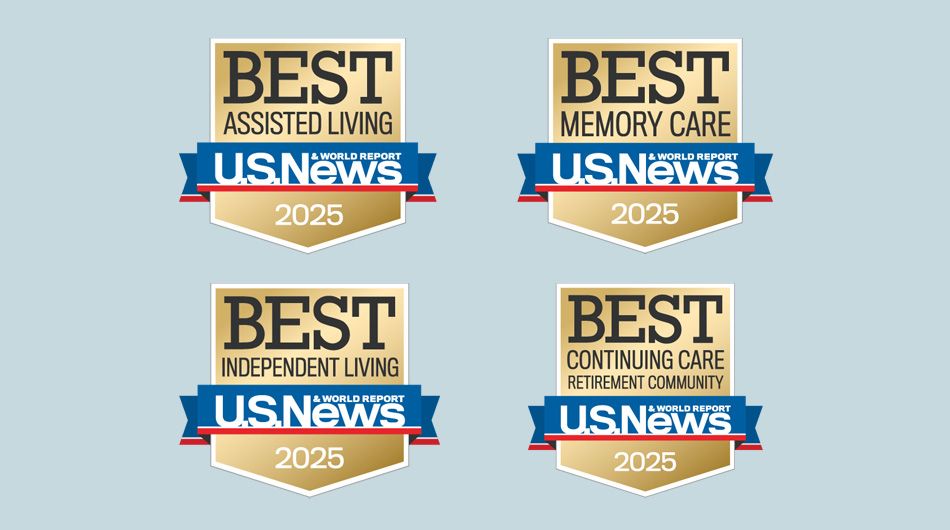Many home care agencies miss out on profits by over-hiring office staff or sacrifice quality by under-hiring. Here’s how to find the sweet spot.
It’s time to tackle some logistical questions. Whether you’re starting a new agency or evaluating your staffing levels to become more profitable and break through a growth ceiling, staffing is important to get right.
Every agency owner should routinely ask questions like:
While the answers may vary a little depending on your agency’s circumstances and needs, benchmarking data and a decade of helping home care agencies grow has provided us with plenty of insights to point you in the right direction.
How Many Staff Members Does a Home Care Agency Need?
Home care is a unique business model and the positions vary, especially depending on whether your agency offers skilled care in addition to non-skilled. However, roles generally fit into the following structure:
Obviously, agencies of different sizes have different capabilities when it comes to filling positions. This staffing summary from the Home Care Benchmarking Study gives an idea of which positions agencies are able to fill depending on their size. Numbers represent the median number of individuals who occupy each position in an agency within that revenue range.
(Note: this data comes from the 2020 Benchmarking Study, which as of the time of this writing won’t be released for another 5 days. Consider this a sneak peek.)
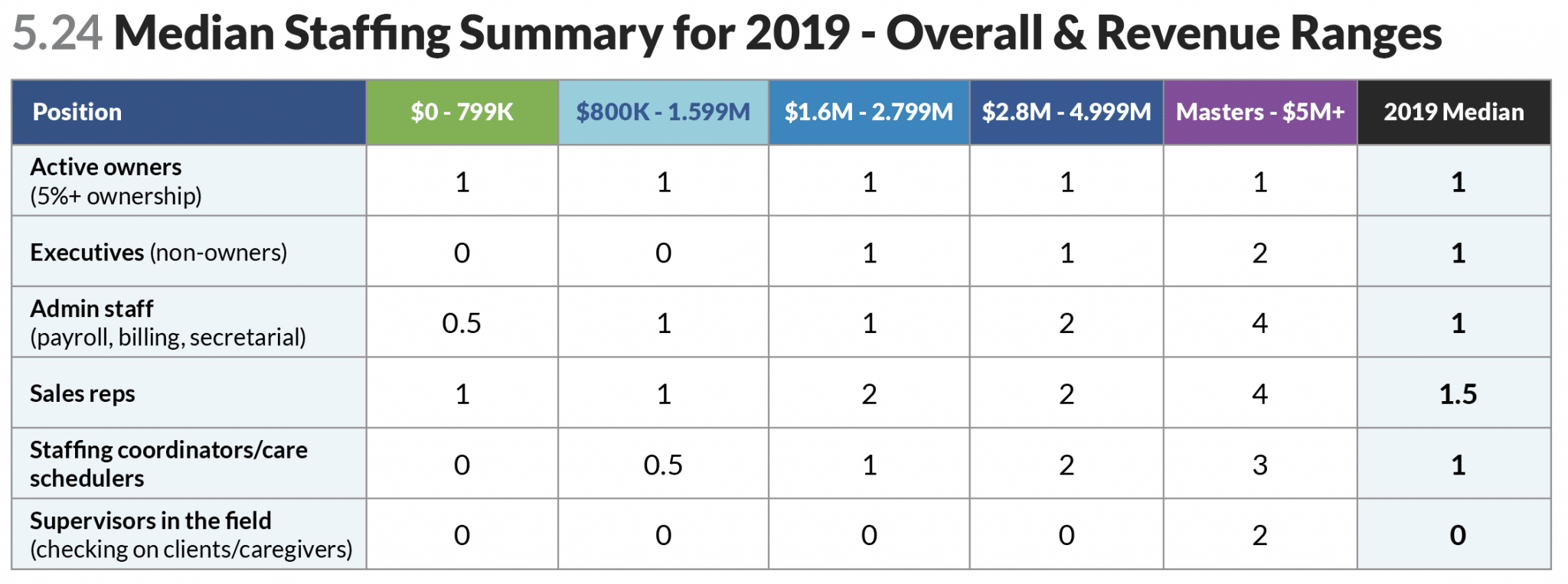
Shameless plug: this is only a tiny taste of what’s in the Benchmarking Study. If this kind of benchmarking is useful to you, owe it to yourself to at least check out the full list of data points available here. (Just scroll down and you’ll see the list.)
Related content: How Much Should You Be Paying Your Home Care Office Staff?
Benchmarking Your Staffing Efficiency
As you go about filling your office staff team, it’s important to keep the balance between having enough staff to provide high-quality service, while remaining as lean as possible to maximize profits.
We suggest two metrics that are valuable in deciding this. The first is sales per full-time employee. This number is just what it sounds like: how much revenue is your home care agency generating for the number of staff you employ? By calculating it and benchmarking it against other agencies in the industry, you can get a good general idea of whether you are operating in the optimal range of staff or not.
To calculate sales per full-time employee, simply divide your annual (or 12-month trailing) revenue by the number of full-time employees you have, excluding caregivers. Include active owners in this calculation, and count part-time employees as .5.
If you’ve come this far, you’re ahead of the curve; in a poll we conducted during a webinar, less than 25% of agency owners surveyed knew their sales per full-time employee ratio.
Once you’ve calculated yours, compare it to this data from the Benchmarking Study see if you’re in the same ballpark as other agencies:
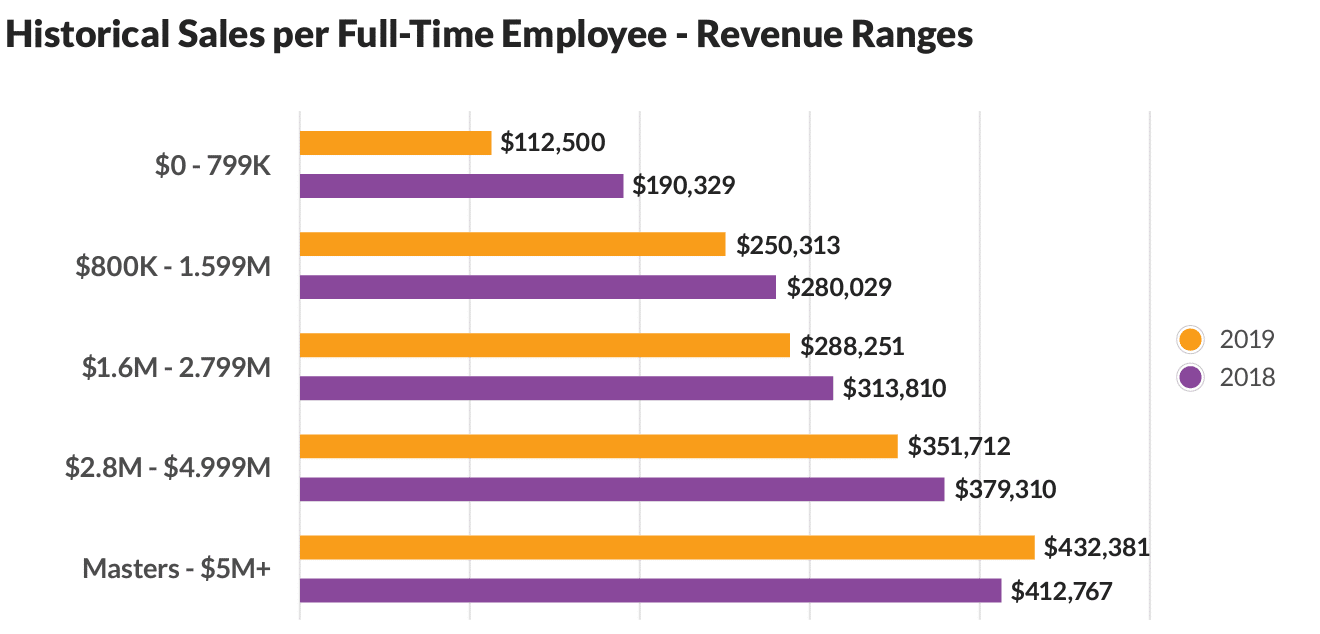
A similar metric you can use is billable hours per non-caregiver employee. This performs a similar function to sales per full-time employee; the advantage of using both metrics is that it gives you a more complete picture of how your staffing compares to the industry.
As a metric, billable hours is often more directly tied to the needs of your business than revenue, in the sense that billable hours are probably the simplest measurement of the level of activity in your business.
Below are billable hours per non-caregiver employee numbers for 2019 based on percentiles:
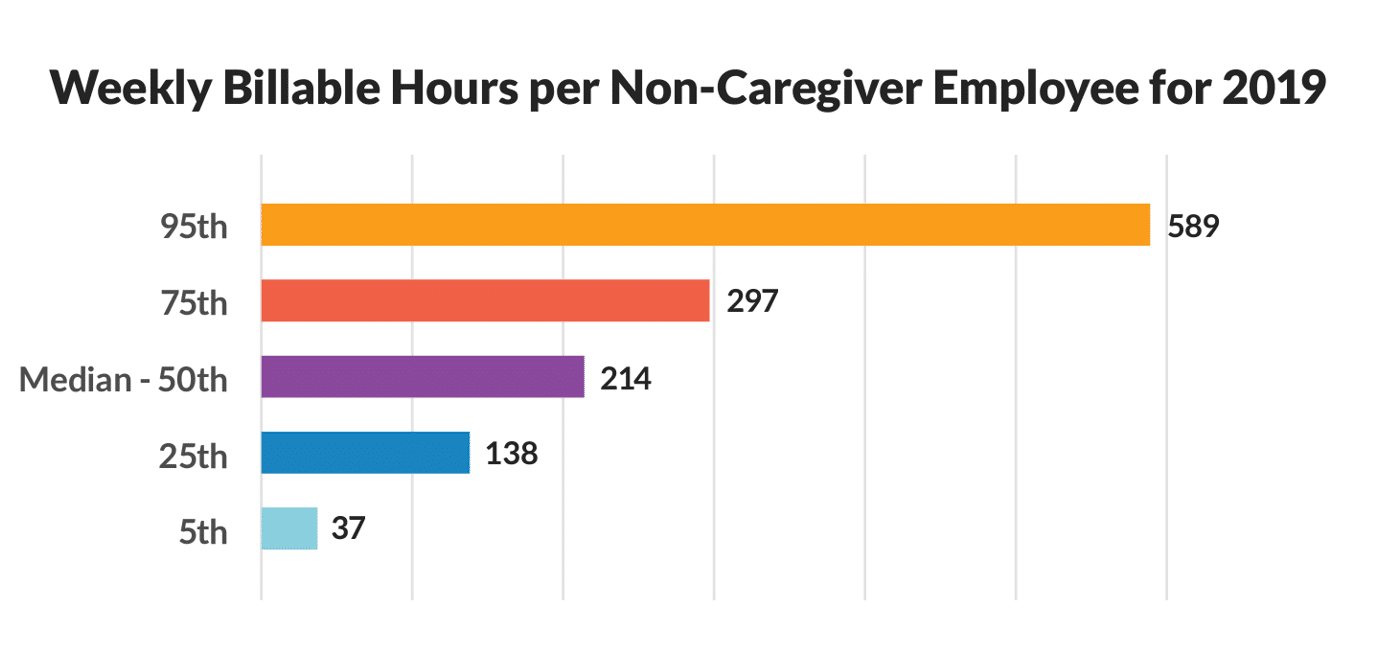
In the case of either metric, a number that is significantly lower than the median for your revenue range would likely be a strong indicator that you need to become leaner by concentrating responsibilities with the people best able to perform them and cutting out unnecessary positions.
A number that it is significantly higher than the median for your revenue range might be a cause for concern as well, as it might indicate that you are sacrificing quality for efficiency. Seek a good balance.
A final note: if your agency is anticipating strong growth in the near future, you may hire more office staff than you would need at current levels and thus end up with a very low sales per full-time employee. If this is your deliberate strategy, this may justify a low ratio, but be very cautious hiring more employees than you currently need.
Related content: When Should You Hire a Home Care Sales Rep?
Care Coordinator: Home Care’s Most Crucial Role?
As caregiver turnover rates have reached crisis levels over the last 5 years, many home care leaders have come to view care coordinators as one of the most important positions in an agency because of the outsized impact they have on caregivers’ experiences with your agency. Good scheduling is a major determinant of caregiver retention and also impacts the consistency of care that clients receive.
Over the last year, many agencies have requested benchmarking data showing the number of billable hours per care coordinator for the industry so that they can get a rough picture of how many care coordinators they should employ. Here are are the numbers for 2019, separated into percentile rankings:
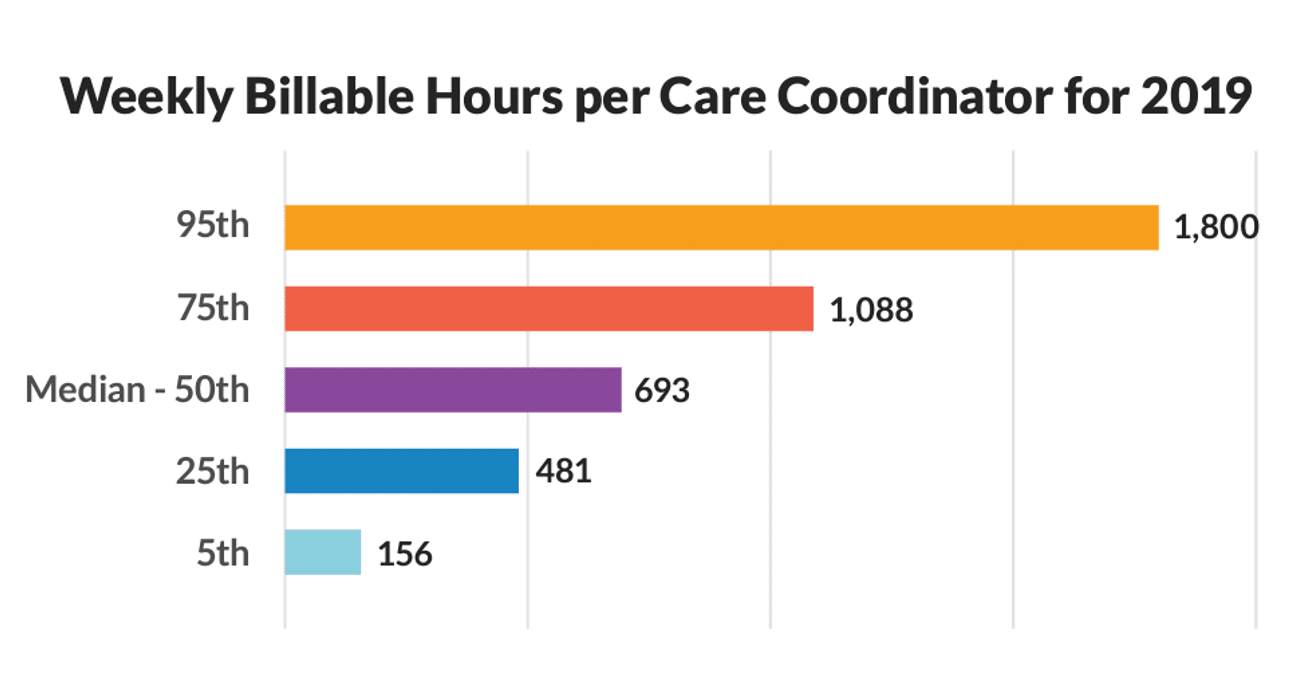
Home Care Isn’t One-Size-Fits-All
It’s important to remember that while benchmarking data provides strong indicators of what works for most home care agencies, it rarely provides blanket solutions for every agency. Use the data as context for your own decisions, but make those decisions based on the needs and circumstances of your own agency.
What challenges have you faced with staffing? What helped? Let us know in the comments below!
Related Posts




